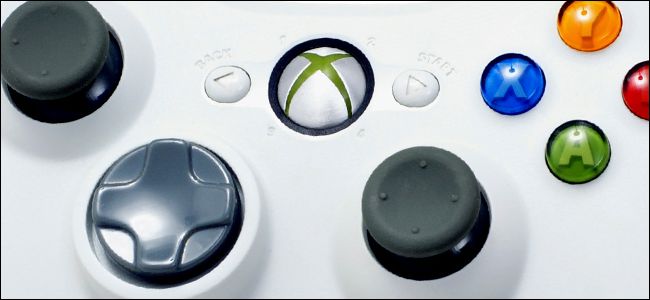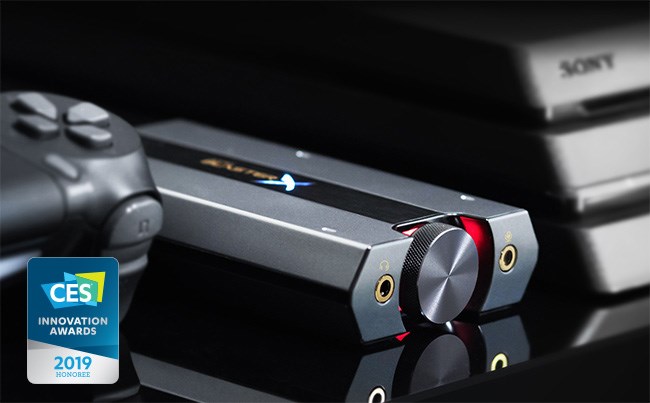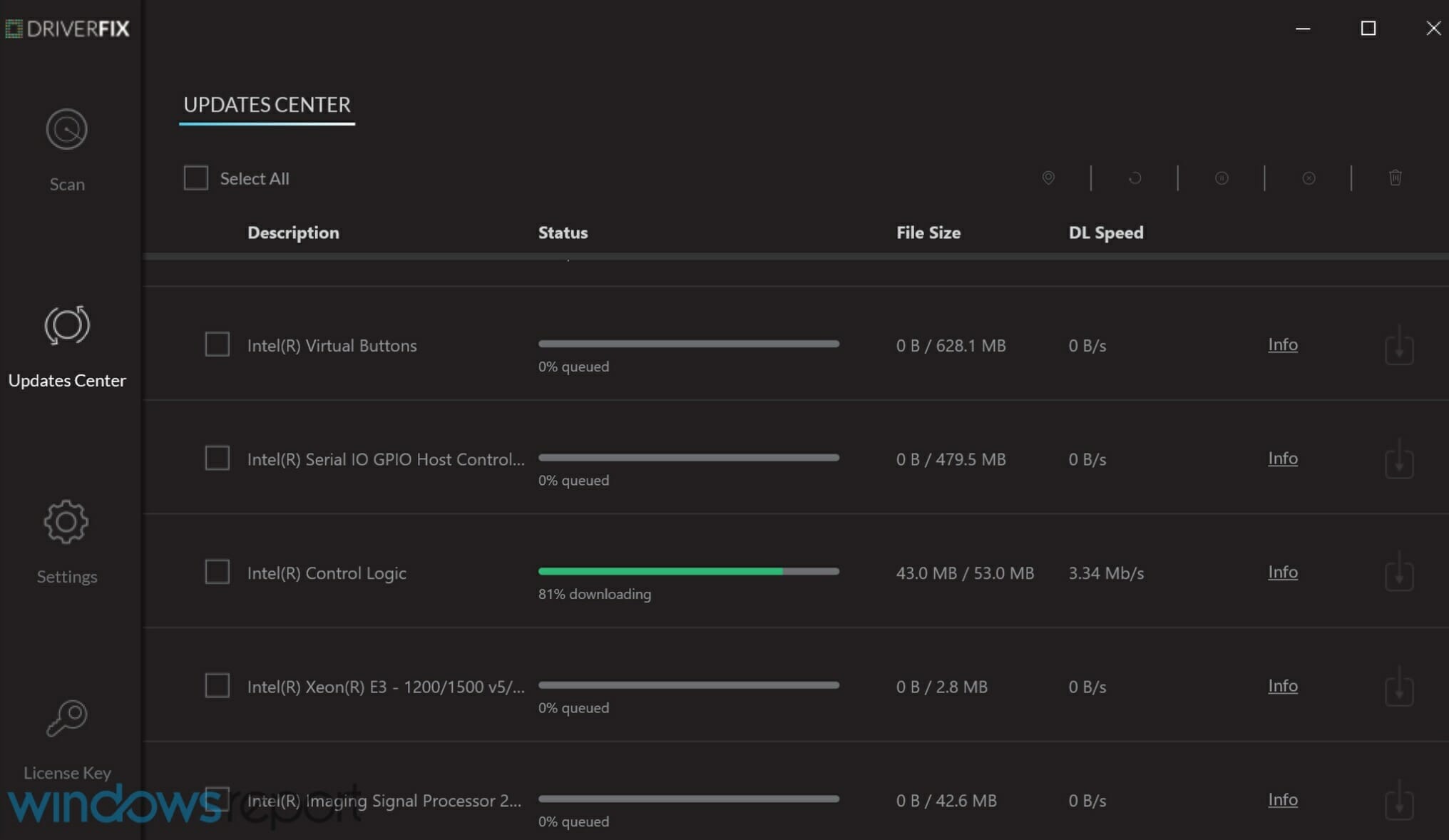- Find Peripheral Usb Device
- Drivers Xbox Peripherals Usb Devices Game Controller
- Drivers Xbox Peripherals Usb Devices Pc Camera
Improvements and fixes
This update includes a fix for an incorrect device driver (“Microsoft – WPD – 2/22/2016 12:00:00 AM - 5.2.5326.4762”) that was released by a third-party on March 8, 2017 that affected a small group of users with USB connected phones or other media devices that rely on Media Transfer Protocol (MTP). If the driver is on your system, when any of these devices are connected, Windows will try to install this driver. These devices will not be connected until the driver is removed. This incorrect driver was removed from Windows Update the same day, but it may have been downloaded to your computer. After installing this update the incorrect driver will be removed.

Wait for Device Manager to open and after it opens, expand “Xbox Peripherals”. Right-click on “Microsoft Xbox One controller” and select “Update Driver Software” (on the latest Windows 10 versions, click on “Update Driver”). Now, choose “Search automatically for updated driver software” from the options displayed on the screen.
How to get this update
Step 2: Here, expand Xbox 360 peripherals, right-click on the Xbox 360 controller driver and select Update Driver. (The name could be Xbox 360 Receiver for Windows). NOTE that if you cannot find the exact controller driver, go to Device Manager View tab Show hidden devices Universal Serial Bus Controllers or Universal Serial Bus Devices. Try enabling/disabling usb legacy support in the bios (if available) Install the drivers for the controller in Compatibility Mode. Make sure to download and install all pending Windows on your computer. Update the drivers manually through the device manager.
This update will be downloaded and installed automatically from Windows Update. To get the stand-alone package for this update, go to the Microsoft Update Catalog website.
If you are not able to connect your phone or media device via USB and are not running one of these Windows versions, you can still remove this driver using the process described here:
Notice: MediaWiki has been updated. Report any rough edges to marcan@marcan.st
Here's what we know about the USB devices.
- 4Xbox NUI Motor
- 4.3Confirmed Information
- 5Xbox NUI Audio
- 6Xbox NUI Camera
Devices
Kinect has the following USB devices connected through its USB cable:
- Generic USB Hub
- Xbox NUI Audio
- Xbox NUI Motor
- Xbox NUI Camera
The devices do not conform to any standard USB class such as HID, camera, or audio devices. This indicates that using it as a plug-and-play webcam or microphone is probably not possible.
Plugging in Kinect
When you plug the Kinect to a PC running Windows, it finds the Generic USB Hub and the Xbox NUI Motor. The Motor obviously does not have drivers, so the PnP configuration fails and the device is not started. At this point, the Kinect still looks to be powered off.
Josh Blake tested creating boilerplate drivers using a Jungo WinDriver USB trial. When he generated and installed the driver for the Xbox NUI Motor, the following happened:
- The Kinect device started flashing green on the indicator light.
- The Xbox NUI Audio and Xbox NUI Camera devices became available on the USB hub (also with no drivers initially)

The flashing green light is consistent with the standard Kinect startup process. At this point it is waiting for the Xbox to boot up and probably for a handshake protocol or other command to activate the devices.
It appears that starting the Motor device also controls power to the rest of Kinect.
After the Audio and Camera devices were powered on, Josh also generated boilerplate drivers for them.
Talking to Kinect
Josh was able to send standard USB requests and get appropriate responses from all three devices.
He attempted to send vendor-type setup packets with various values for other parameters but it was mostly non-productive. There were a few interesting bits, documented below.
Until analysis is done on the USB protocol exchange between the Xbox and Kinect, controlling or getting data from Kinect is likely not possible.
Xbox NUI Motor

The Motor device controls the actual motor for tilting/panning the Kinect. It also seems to control power to the rest of the Kinect devices. After the driver for the Motor is installed/activated, Kinect displays a flashing green light and the other devices connect to the internal USB hub.
Endpoints
The Motor has only a single control endpoint on 0x00.
Data Experiments
Sending a vendor-specific setup packet read request (0xC2) with zeros for the request, value, and index and 0x02 for the length returns 0x80. This might indicate the current position of the motor as 0x80 is the middle of possible values (0x00 to 0xFF) and would be a good initial position for the motor.
Find Peripheral Usb Device
Sending a vendor-specific setup packet write request (0x02) with a request of 0x00 and zeros for the value, index, and length resulted in (need to double check but it was a no-op, as opposed to an error)
Sending a vendor-specific setup packet write request (0x02) with a request of 0x01 and zeros for the value, index, and length resulted in the Motor device immediately disconnecting from the USB port, effectively resetting it.
Confirmed Information
The joint range of the Kinect motor is +31 degrees (up) and -31 degrees (down).
Setting Joint Position
The joint position can be set by sending:
Setting LED
The led can be set by sending:
where the led_options are enumerated as follows:
Reading Joint State
The joint state information is grouped in with the accelerometer data and is stored in the 1st, 8th and 9th byte of the return from:
the 1st byte (buf[1]) yields:
the 8th byte (buf[8]) yields:
the 9th byte (buf[9]) yields the following status codes:
Reading Accelerometer
The accelerometer data is stored in two byte pairs for x,y, and z:
The Accelerometer documentation (http://www.kionix.com/Product%20Sheets/KXSD9%20Product%20Brief.pdf) states there are 819 counts/g
Xbox NUI Audio
The Audio device provides combined audio from Kinect's four microphones. It also provides hardware noise cancellation by subtracting the TV's game audio and accounting for the 3D layout of the room.
Endpoints
Drivers Xbox Peripherals Usb Devices Game Controller
The Audio device has several endpoints, the purpose of which is not yet clear. They provide enough bandwidth for full audio both in and out of the device. This supports the hardware noise processor and feeding game audio to Kinect for processing purposes only.
In addition to the default 0x00 control endpoint, the Audio device has:
- Endpoint 0x81 - IN, Bulk, 512 bytes
- Endpoint 0x01 - OUT, Bulk, 512 bytes
- Endpoint 0x82 - IN, Isochronous, 524 bytes
- Endpoint 0x02 - OUT, Isochronous, 72 bytes
Note that IN and OUT are relative to the USB host. OUT means sending data from the Xbox (or your computer) to Kinect.
Xbox NUI Camera
The most interesting and useful device, the Camera provides both an RGB and a depth map image.
Endpoints

The Camera device has two endpoints. Presumably, one of these provide the RGB image data and the other provides depth map data.

In addition to the default 0x00 control endpoint, the Camera device has:
- Endpoint 0x81 - IN, Isochronous, 1920 bytes (color camera)
- Endpoint 0x82 - IN, Isochronous, 1760 bytes (depth camera)
Note that the packet size is not large enough to fit an entire image at either 320x240 or 640x480, so a single frame will have to be transmitted and reconstituted from multiple frames. This also implies there may be some packet headers to help combine the image.
Interestingly, 1920 divided by 320 is 6, so without a header a single packet could contain 3 16-bit rows, and 80 packets would be required for a single 320x240 16-bit frame.
Data Experiments
Sending any vendor-specific setup packets, both read (0xC2) or write (0x02) results in a timeout, requiring resetting the device.
Josh suspects that a handshake protocol has to occur, possibly with the Motor device, before the other devices will respond. Alternately, the camera might respond to a class setup packet or a non-standard setup packet type.
Drivers Xbox Peripherals Usb Devices Pc Camera
